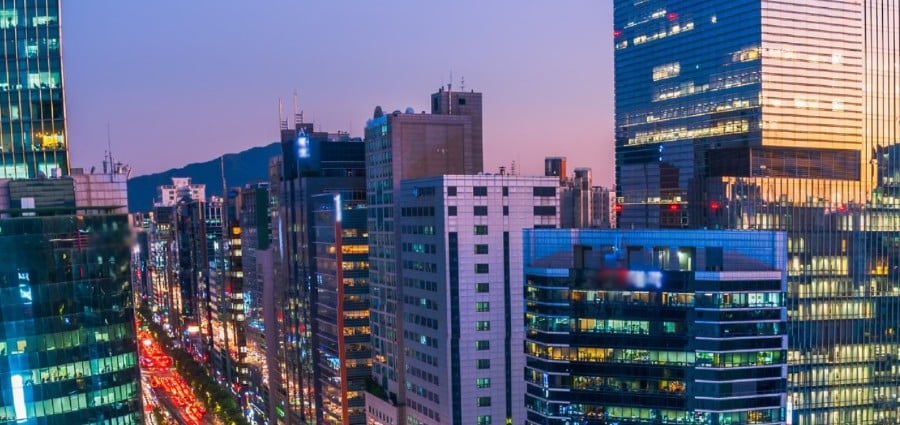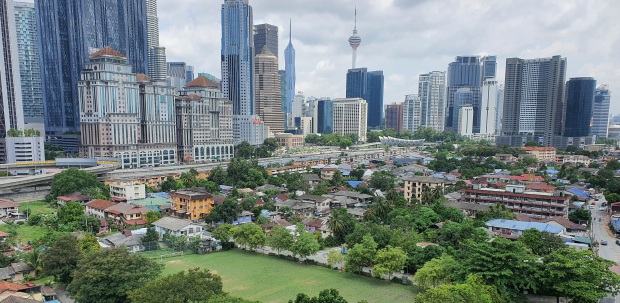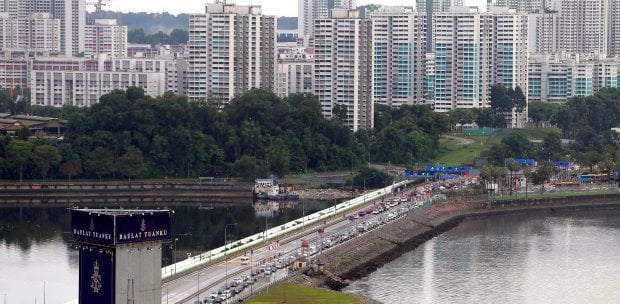KUALA LUMPUR: The 'flight-to-quality' and 'flight-to-green' trends are becoming more and more popular, and newer premium office buildings in Asia Pacific are well-positioned to meet this demand as companies look for high-quality workspaces to draw top talent.
According to Knight Frank, the expanding office market presents a chance to construct state-of-the-art office buildings with the newest amenities without running the risk of going out of style.
It said that this is consistent with the increasing focus on premium office space.
The estimate is one of the top three forecasts in the company's Horizon: Asia-Pacific Tomorrow report, which offers projections for the commercial real estate market for the upcoming year along with new trends, opportunities, and difficulties.
The Asia-Pacific office sector is the foundation of the office-first hybrid strategy, according to the report, for three reasons. This includes a focus on more recent construction that is certified by environmental, social, and governance (ESG) standards; access to a valuable talent pipeline in APAC; and the notable emergence of a bifurcated, two-speed market within the Asia-Pacific office sector.
While office attendance has now stabilised in the Asia-Pacific region, Tim Armstrong, the company's global head of occupier strategy and solutions, notes that the recovery in demand for office space has not kept up with the high employment rate.
He said that although the "flight-to-quality" and "flight-to-green" trends will continue through 2024, there won't be as much enthusiasm for growth.
"Tenants will continue to approach portfolio planning cautiously due to the difficult macroeconomic conditions. However, it also proves to be a good time to review portfolios to capitalise on softer rents," he said.
According to the report, 79.4 per cent of buildings in Asia-Pacific are aged 40 years or younger, versus 33.2 per cent in North America and 55 per cent in Europe, the Middle East, and Africa (EMEA).
At least 51 per cent of respondents are expected to raise the quality of space within their portfolio, up from just 37 per cent from two years ago. Facilities supporting mental health are deemed more important than access to gym facilities.
Although almost 11 million square metres of prime Grade A stocks will be delivered in 2023, the firm is expecting 10 million square metres more in 2024, indicating an increase of about 5.8 per cent on the current volume of stock. The majority of new supply will be in mainland China and India, with Ho Chi Minh City and Bangkok also set to receive a substantial volume of new stock.

The report noted that newer premium office buildings in Asia-Pacific are better positioned to build an ESG-compliant portfolio aligned with the growing preference among APAC occupiers for modern, sustainable workspaces that enhance employee satisfaction, wellness, collaboration, and productivity.
The emphasis on newer and ESG-certified buildings is crucial as firms strive to create environments that seamlessly facilitate work, reflection, and collaboration, according to Christine Li, head of research, Asia-Pacific, and report author.
"The less mature office market in Asia-Pacific proves advantageous, enabling the development of state-of-the-art office buildings with modern facilities without the concurrent risk of obsolescence, a preference gaining traction among occupiers in the region," she said.
According to Li, the majority of these Asia-Pacific central business district (CBD) office buildings are more recent, which implies that the newest technologies are probably integrated into them to improve user experiences.
She said that because retrofit projects are more cost-effective and less complicated, obsolescence is also reduced.
Li said that as the "flight to quality" and "flight to green" movements gain traction, Asia-Pacific becomes the best region to transform workplaces because of its state-of-the-art building technologies and abundance of premium, ESG-compliant spaces that can be customised to meet the needs of businesses.
Furthermore, she noted that it stands in sharp contrast to North America and EMEA, where over 30 per cent of office buildings constructed prior to 1960 run the risk of becoming obsolete due to their inability to adapt to changing tenant demands in the age of hybrid work.
According to a Knight Frank research analysis, Asia-Pacific stands out in the global "war for talent" due to its sizable working population, a high percentage of whom live in cities, and an average literacy rate of about 94 per cent. This makes the region an excellent source of access to a valuable talent pipeline.
Regarding the emergence of a two-speed market, it was observed that there is evidence of a split in the Asia-Pacific office sector.
While occupiers with some financial clout are taking advantage of the softening leasing market to move to newer, environmentally friendly buildings in order to improve employee experience and strengthen their environmental credentials, Knight Frank notes that occupiers are also being financially prudent when it comes to portfolio planning in light of the current headwinds and the lack of expansionary sentiment.





